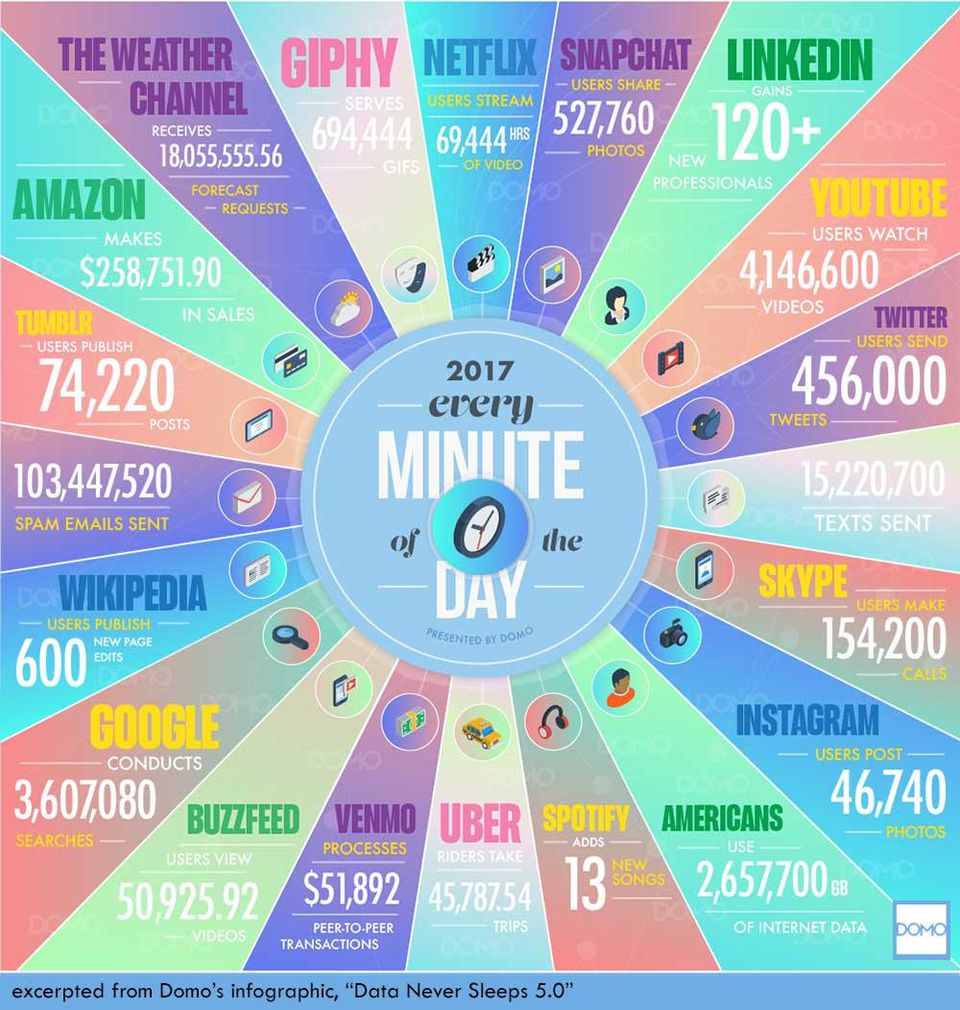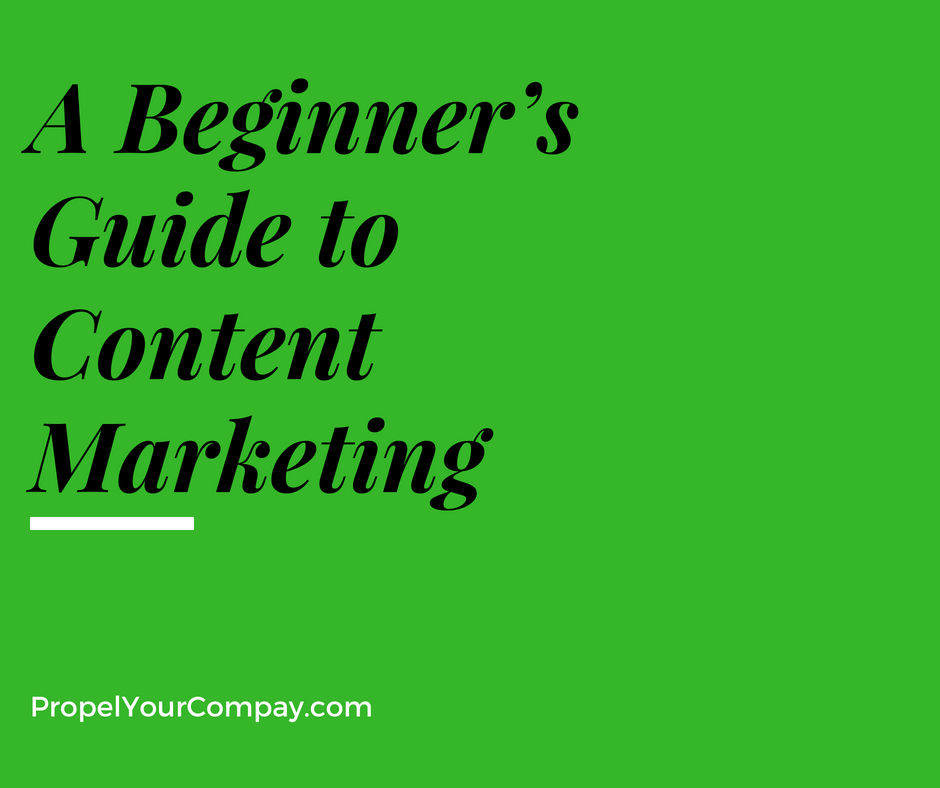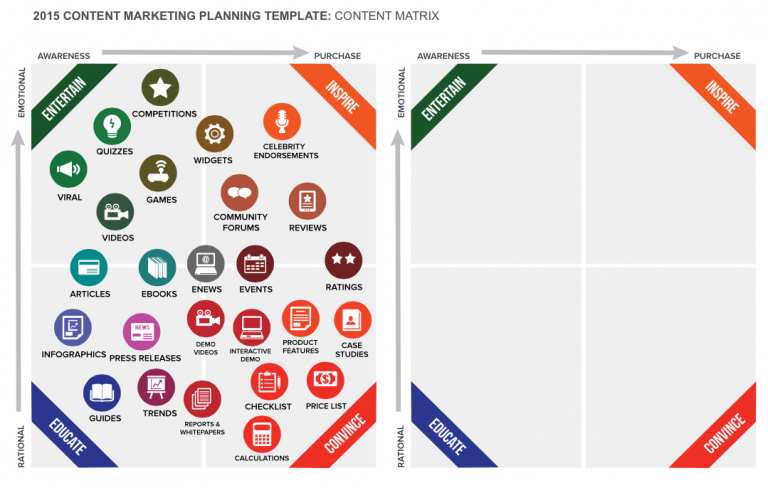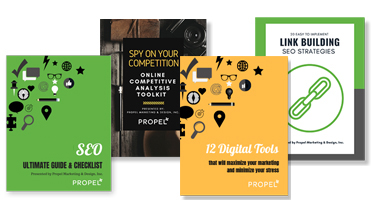By now, almost everyone has heard terms like “Content Marketing” or “Content is King.”
Although content marketing seems to be a relatively new nomenclature, content marketing is nothing new. In fact, it’s been around for hundreds of years. It just didn’t always go by that name.
Brief History of Content Marketing
In 1732, Benjamin Franklin first published the yearly Poor Richard’s Almanack. The goal is to promote his printing business.
Johnson & Johnson launched a publication called Modern Methods of Antiseptic Wound Treatment that aimed at the needs of doctors to whom the company sold bandages in 1888. The company also launched two publications to share helpful articles with the medical community.
In the late 19th century, John Deere began producing a printed magazine, The Furrow, to provide farmers with tips and valuable information.
Check out this blog on the History of Content Marketing to learn more.
More Content Minute by Minute
The whole world seems to be publishing content at a rapid pace. Look at what gets published in just one minute:
So, What Exactly is Content Marketing?
Content marketing is a strategic marketing approach focused on creating and distributing valuable, relevant, and consistent content to attract and retain a clearly defined audience — and, ultimately, to drive profitable customer action (as defined by the Content Marketing Institute).
It focuses on providing useful content to your prospective audience instead of a hard sell approach directly promoting your product or service.
The goal of content marketing is to build relations, community, position yourself as a thought leader, and in the end assist with sales.
Content marketing should contain these key elements:
- Relevant content
- Provide value
- Connect with your target audience
- Be original/authentic
- Have the goal to grow your business
Bryan Del Monte more accurately defined it as “…a particular way of solving the customer acquisition problem. Content marketing solves the customer acquisition problem by openly demonstrating value to suspects, prospects, and leads, in an attempt to emotionally fascinate them long enough that they are involuntarily attracted to the value proposition posited by the content marketer. This process creates customers that are willing to buy not only the initial offering but subsequent offerings, at significantly less cost of remarketing – perhaps requiring no remarketing whatsoever.”
What are the benefits of content marketing?
Content marketing can be a powerful tool because it gives you the ability to authentically content with your customers in a way that you can’t with traditional marketing.
Content marketing benefits:
- Grow a following on social media
- Increase website traffic
- Get higher conversion rates
- Build company/brand awareness
- Increase sales
- Build relationships
- Improve customer retention
With content marketing, companies are developing content such as:
- Videos
- Blog posts
- Infographics or other illustrations
- Social media posts
- Case studies / white papers
- ebooks
- Cheat sheets and checklists
How do you create a content marketing strategy that works?
You can create a successful marketing strategy by following these four steps.
Step 1: Identify your target audience/buyer persona
Bonus Material: Download the Buyer Persona Workbook!
Step 2: Create content for each persona based on the different stages of the buyer’s journey
Step 3: Distribute content through multiple mediums
Step 4: Track your progress and make adjustments accordingly








![How to Write a Professional Chiropractic Bio [Template Included]](https://propelyourcompany.com/wp-content/uploads/write-a-bio-500x383.jpg)

